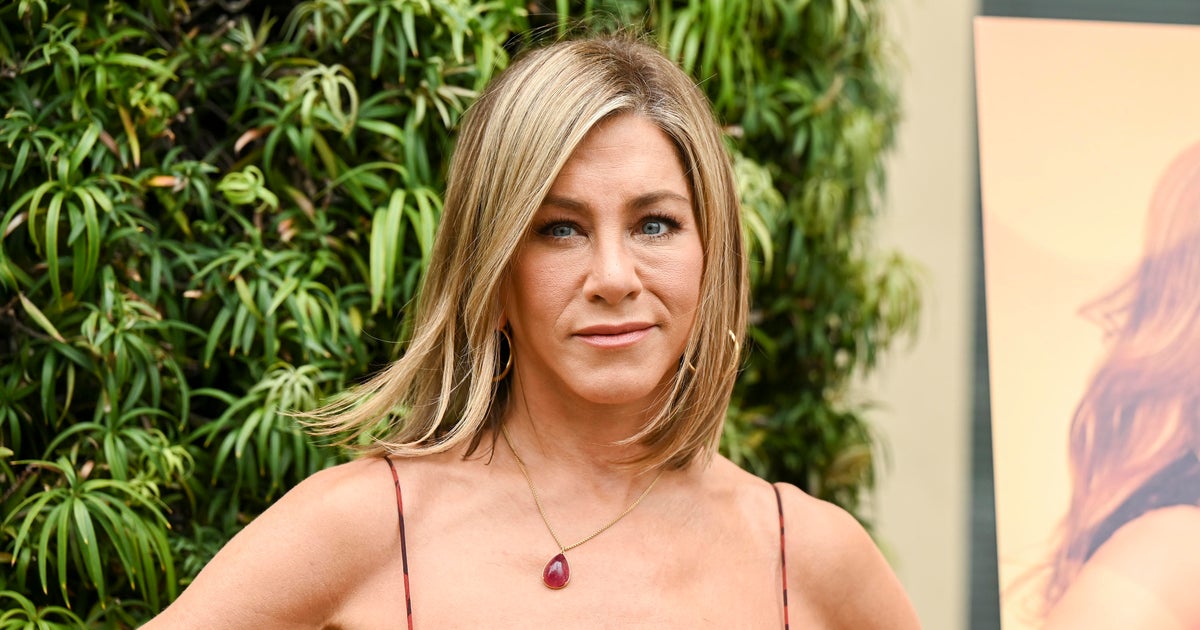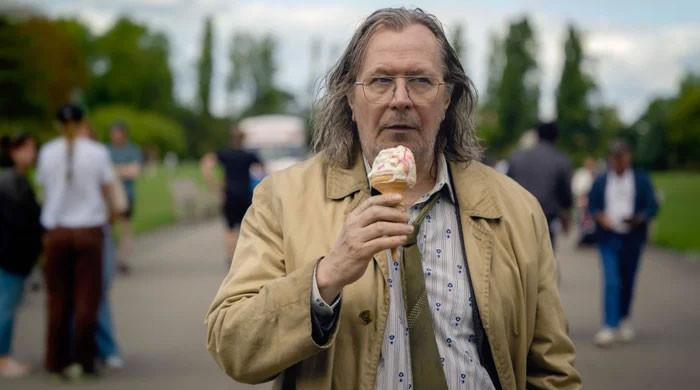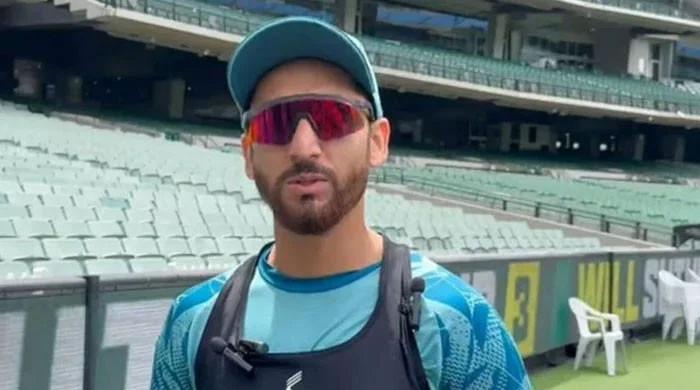And why not? After all, this is an orchestra with much to celebrate. The NSO’s 93rd season marks seven years of direction under Gianandrea Noseda, who in April will celebrate his 60th birthday. The orchestra’s newly minted executive director, Jean Davidson, introduced the evening and launched her inaugural season with news from the stage that the NSO has been shortlisted by Gramophone for orchestra of the year honors — one of 10 nominees and just two American orchestras (along with the Chicago Symphony Orchestra). And a European tour in February — the orchestra’s first tour since 2016, and its first under Noseda — will bring the NSO to nine cities in Spain, Italy and Germany.
So it’s a big year ahead for the whole operation. And even without the driving rain outside, there was a prevailing sense that we’d all weathered a storm to get here.
Rossini’s rollicking 1817 overture to “La gazza ladra” (i.e. “The Thieving Magpie”) led the evening, its rousing stereo pair of opening snares manned from the balconies by assistant principal Erin Dowrey and principal percussionist Eric Shin, its regal introductory passage lending a fitting frisson of celebratory pomp to the circumstances.
So chockablock with delightful little melodic moments is “La gazza” that it can be easy to forget that it’s about the pending execution of a servant over a misplaced spoon. (Involuntary flashbacks to its employment throughout Kubrick’s “A Clockwork Orange” can help restore some of the darkness to its rambunctious levity.) Noseda drew electric energy and witty precision from its busy stretches of strings, and assistant principal oboist Jamie Roberts made splendid, lucid work of its beloved lilting solo.
Edward Elgar’s 1905 “Introduction and Allegro” (a reincarnated and ramped-up concerto grosso) served to showcase the NSO strings, a performance both anchored and heightened by the core quartet of associate concertmaster Ying Fu, assistant principal violinist Dayna Hepler, assistant principal violist Abigail Evans Kreuzer and assistant principal cellist Glenn Garlick. Its rapturous central fugue, its searing sonority and plunging depths were all brought to gleaming life.
The short, sweet and substantial centerpiece of the program was “Fate Now Conquers,” a compact but harmonically rich response to Beethoven’s Seventh Symphony (specifically the second movement that earned encores at its 1813 premiere) by Kennedy Center composer in residence Carlos Simon. Given a virtual premiere in 2020 by the Philadelphia Orchestra, the piece has become Simon’s most widely performed work, and it’s plain to hear why.
Its title comes from a line penned in one of Beethoven’s notebooks, itself lifted from Book 22 of “The Iliad,” and though just five minutes in length, it aspires to an epic sonic scale. At a talk at Tanglewood earlier this summer, Simon revealed his love for the scores of John Williams, an affinity perhaps most evident here in the conversational ease between a soli of two muted trumpets (played by assistant principal Michael Harper and Timothy McCarthy) and principal cellist David Hardy’s cello. Busy undercurrents of strings built to tempestuous peaks, long girders of brass offered structural support and Simon’s facility with complex rhythms reaffirmed itself as one of his signature strengths. Now entering his third year in residence and sporting a recent Grammy nomination for his recording of “Requiem for the Enslaved,” Simon’s rising star is one of the NSO’s brightest features.
On paper, “Pictures at an Exhibition” is a musical chronicle of Mussorgsky’s visit to an 1874 art exhibition (a memorial collection of works by his friend, the painter Viktor Alexandrovich Hartmann). Left unpublished, the suite was salvaged first by Nikolai Rimsky-Korsakov as a solo piano suite, further orchestrated by one of his students, and, decades later at the behest of Serge Koussevitzky, properly arranged for orchestra (in its most familiar and enduring form) in 1922 by Maurice Ravel.
In practice, it’s a piece that methodically moves through the orchestra, allowing each pocket of musicians to catch the listener’s ear as though we were strolling. The recurring “Promenade” recasts itself as though from different angles and in different light, and the artworks themselves assert their individual colors while (ideally) resolving into something collective and whole.
Noseda coaxed out beautiful balance between the brass and the strings — with special credit going to the cool, clean, substantial tuba of Stephen Dumaine. Other highlights included the silky saxophone underlining “Il vecchio castello” played by Paul Tucker (a guest player from Pershing’s Own); the bristling snares and percussion in “Bydlo”; and the effervescent scherzo of the marketplace scene (“Limoges — The Market”). The penultimate “Baba-Yaga” section floated atop beautiful dialogue between the woodwinds and harps, and the big finish (an homage to Hartmann’s never-finished design for “The Great Gate of Kiev”) was graceful and grand, as Noseda took his time setting off its fireworks, savoring the moment.
And this is the time to do it. On the brink of its biggest year ever, the NSO has come a long way — and is off to a strong start.







